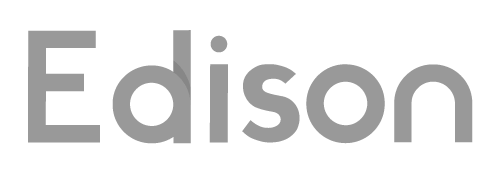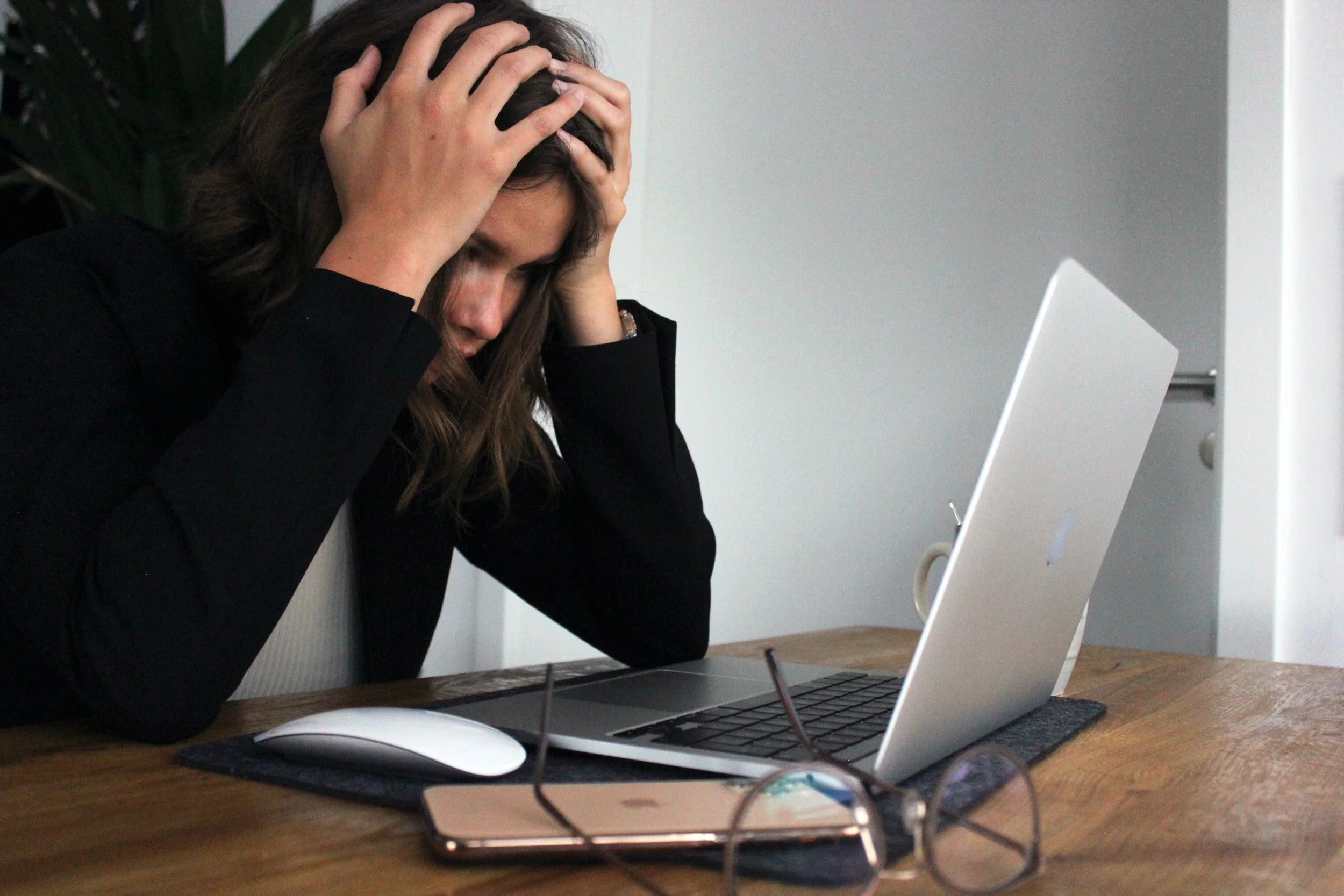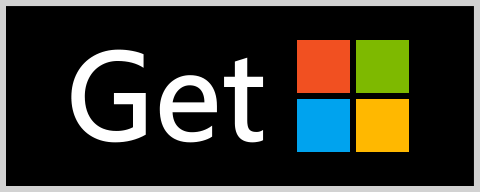How to Reduce Email Anxiety this Mental Health Awareness Month
Email anxiety is a real issue plaguing many of us, here are some ways our team keeps our inboxes from causing us anxiety
Key Takeaways:
Reduce email response anxiety by clearly establishing expectations.
Set up email templates for when you regularly find yourself struggling to draft a response.
Use apps and online services to clean up your inbox quickly.
Establish boundaries with your work and email.
Learn basic email etiquette to make sure you’re not committing a faux pas.
May is Mental Health Awareness Month here in the U.S. and it’s an important time for all of us to pause and take the time to check in with ourselves and our mental well-being. Especially in this increasingly connected age, technology can all too often negatively affect our mental health.
When it comes to technology that negatively impacts our mental health, email is unfortunately one of the main culprits.
Email anxiety is a real issue that negatively affects the lives of so many of us who need to use email on a daily basis. Whether it’s due to an overflowing inbox or alerts coming at all hours of the day and night, email is one of the most common triggers for social and productivity-related anxiety.
But what exactly is and how do you deal with email anxiety? Quite simply, email anxiety is an increase in anxiety levels associated with your inbox in our new hyper-connected world that may leave you feeling fearful of sending a message, anxious about a delayed response, or anxiety about opening mail. While it’s nothing new, email anxiety has been heightened in the last few years as people pivoted from working in the office to working from home and the lines between home and work became blurred.
An email study Edison conducted in 2022 found that while 66% of Americans said that email messages and notifications made them feel stressed or fatigued in the last year, a little over half the country (51%) said email notifications were the most stressful source of notifications in the past year.
We here in the Edison team are well-versed in all things email and have learned how — in the last few years especially — to learn how to deal with email anxiety. So in honor of Mental Health Awareness Month, here are some classic causes of email anxiety as well as our tips on how to overcome them.
1. Anxious about a response? Set yourself up for success.
For some of us, our email anxiety spikes when we’re waiting for a reply to an important ask. Social anxiety with email is a very common issue. Often the other person may not be aware of how urgent an ask is or how anxiety inducing their delay may be. In these types of situations it’s important to set up expectations that let them know when you need a response in a respectful manner, after all we’ve all been on the unfortunately vague end of an “as soon as possible.”
This blog from HubSpot has 17 different ways you can phrase the time sensitive nature of your ask without feeling pushy about it.
Conversely if you’ve received a time sensitive ask but you don’t have the answer quite yet, you should respond to their message, acknowledging their ask with a timeframe for when you will respond with an answer. This reduces email anxiety on both ends.
2. Never know what to say? Outsource the solution.
When email is one of the only chances you have to communicate with someone, an unreasonable amount of weight can be placed on the interaction. You want them to believe that you’re brilliant, on top of things, and have a charming personality to boot. This leads to unrealistic expectations for yourself and increased anxiety about what you should or shouldn’t say.
While nobody wants to send a bad email, the first step in this solution is to understand that many of these expectations are placed by you, nobody is holding you to these same standards. On top of that, at the end of the day it’s just an email. People aren’t looking for the next great American novel in the latest message they were CC’d in, so you can relax your shoulders a bit.
The second step is to not reinvent the wheel. Email has existed for decades as has advice on how to craft a quality one. You just need to search for good example emails and tailor it to fit your situation. Want to send a thank you email after an interview? One quick Google search will show you thousands of results with easy to follow templates and formulas.
If you tend to send this type of email semi-regularly, you can even save your future self the effort of searching for a great example email by simply creating a template you can reuse. Templates are a great tool found in many email apps such as Gmail, Outlook, and Edison Mail.
In Edison Mail, you can access Templates from the email draft screen where you can paste an example email you found online with placeholders in the areas that change for the emails you send (name, dates, etc.)
By limiting how much time you spend thinking about the perfect response, you cut down on any anxiety that comes from overthinking.
3. Overwhelmed by your inbox? Make cleanup a breeze.
It can only take a few days of missed messages before your inbox is overflowing leading to email fatigue or email anxiety induced avoidance. With such a full inbox it’s all too easy to miss an important message or to become too anxious by the deluge of emails to begin the process of cleaning up your inbox.
Luckily there’s an entire genre of applications and email techniques to help you deal with just that. First begin by setting aside some dedicated time to go through your inbox. Set up a block in your calendar, turn on your favorite music, and have your favorite snack on hand to make the process less painful.
If most of the emails clogging up your inbox are from newsletters or marketers, apps such as Edison Mail make it easy to discover and quickly unsubscribe from your subscriptions with a tap. Best of all, you can take it a step further and clear out your inbox by trashing all previous emails from that sender. Another useful service is Leave Me Alone, a website whose sole purpose is to see all your newsletters in one place and unsubscribe from them with a single click.
If the majority of your overflowing inbox is composed of messages you need to reply to, you may just need to sit down and get through everything in one fell swoop before you can set up better practices in the future to help you keep your inbox from getting that full again. There are plenty of different schools of thought out there to help you manage your inbox on a daily basis from the folder method to blocking out specific time in your day to only handling email.
4. Feeling chained to your inbox? Learn to establish boundaries.
During the pandemic, the line between work and home became blurred and many people started working much more than they did pre-pandemic. In fact, a study showed that in April of 2020, people were working an average of three additional hours a day. With a rise in after hours messaging, people felt pressured to be available 24/7, and much of that sentiment still remains even as many return to their offices.
This constant pressure is incredibly draining and leads to email anxiety that makes you check your inbox dozens of times at all hours of day or night regardless of the occasion. It can lead to increased email fatigue at work and increased anxiety opening mail.
The first step here is to begin by establishing boundaries. Quite simply if you’re constantly stressed out and responding to emails at all hours of the day and night it’s not only unhealthy it’s also probably unproductive. Setting boundaries such as choosing to only check emails at certain times of the day or setting up an automated message to be sent when someone emails you outside of work hours can be extremely helpful. As difficult as it may seem, refusing to answer emails after work hours can be extraordinarily helpful.
Another step you can take is utilizing the “work modes” that both iPhones and Android devices offer. Starting with iOS 15, Apple allowed users to set up different “Focus Modes” so that you can limit the alerts you receive based on what you’d like to focus on at the time — sleep, work, and more. Android allows you to do something similar through establishing work and personal profiles that you can toggle between depending on the time of day.
Lastly, OnMail offers Inbox Break as an option to take back control of your time. You can set up regular breaks for the times you’d rather focus on matters outside of your inbox personalized by email account.
5. Worried you’re committing a faux pas? Learn the rules.
Another anxiety inducer when it comes to dealing with email is simply being unsure of what is considered common email etiquette. While there are hyper specific norms depending on your industry and role as well as differences between individuals, there are some general guidelines that people seem to agree upon.
For example, according to an Edison 2022 study on email etiquette, Americans say you should wait 2-4 days before following up on an email and that certain behaviors such as discussing politics or flirting are taboo when emailing.
Flowrite, an AI writing company, compiled their own list of 25 email etiquette rules and tips that you can read through in order to familiarize yourself with other common email etiquette rules such as email structure and font preferences.
Hopefully by following these tips, you’ll be able to spend this Mental Health Month without any email anxiety keeping you down.
Download the Edison Mail App Today
Learn more about how you can use Edison Mail for iOS, Mac, and Android to their fullest potential. Reduce spam, and access your favorite email services like Gmail, Yahoo, Microsoft Exchange, Comcast, and more in a clean unified inbox.









